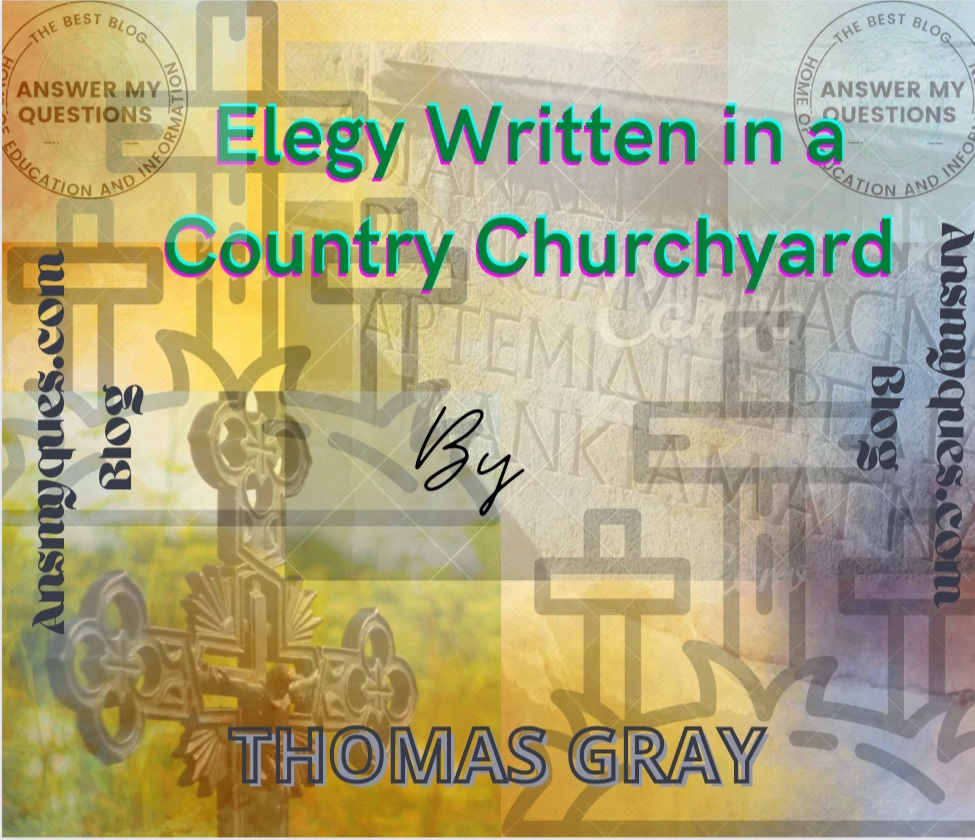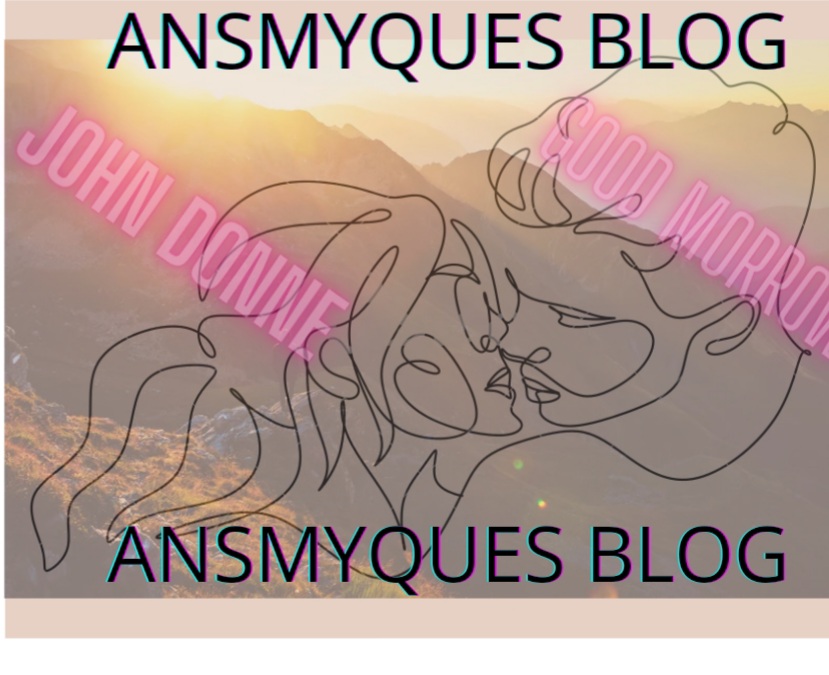THE CAGED BIRD BY MAYA ANGELOU (SIMPLE SUMMARY/ANALYSIS AND FIGURATIVE EXPRESSIONS)
MAYA ANGELOU
Maya Angelou was born as Marguerite Annie Johnson.( April 4, 1928 – May 28, 2014). She was an American poet, singer, memoirist and civil right activist. Angelou is best known for her series of seven autobiographies which focus on her childhood and early adult experiences. She was respected as a spokesperson for black people and women, and her works have been considered a defence of black culture. Her books center on themes such as racism, identity family and travel.
CAGED BIRD
The free bird leaps
on the back of the wind
and floats downstream.
till the current ends
5-and dips his wings
in the orange sun rays
and dares to claim the sky.
But a bird that stalks
down his narrow cage
10 – can seldom see through
his bars of rage
his wings are clipped and
his feet are tied
so he opens his throat to sing.
15 – The caged bird sings
with fearful trill
of the things unknown
but longed for still
and his tune is heard
20- on the distant hill
for the caged bird
sings of freedom
The free bird thinks of another breeze
and the trade winds soft through the sighing trees
25- and the fat worms waiting on a dawn-bright lawn
and he names the sky his own.
But a caged bird stands on the grave of dreams
his shadow shouts on a nightmare scream
his wings are clipped and his feet are tied
30 so he opens his throat to sing
The caged bird sings
with a fearful trill
of things unknown
but longed for still
35 – and his tune is heard
on the distant hill
for the caged bird
sings of freedom.
POEM’S BACKGROUND
Caged Bird’ is a symbolic poem exposing the unhealthy relationship between the African American and Whites during the Civil Rights Era. The poet who is a black woman grew up in South during the time of racial discrimination. Blacks are denied privileges in the matters of education, immigration, voting rights, citizenship, land acquisition and criminal procedures. Racial stratification continues to occur in employment, housing, education, lending and government. Discrimination in the United States permeates all aspects of life and extends to all communities of colour.
THEMES
(A) Freedom versus Bondage; The beautifully written poem exposes the reality of the sad truth about segregation. The stanzas contrast two birds. The free bird and the caged bird. The free bird symbolizes freedom as it (the free bird) enjoys the happiness embedded in nature (the breeze, the winds, the sky, the trees and the fat worms as food). White people are the free bird the poem portrays as it “leap on the back of wind” and “naming the sky his own”. The free white people care about their comfort and wealth and disregard the needs and cries of repressed and suppressed blacks. On the other hand, the poem uses a conceit to compare a caged bird to African American struggling for equality. A capture bird has been cut off from reality and happiness as its wings are clipped and feet are tied.
(B) Protest against Slavery and Imprisonment: The agitations and struggles of a caged bird are trials to rise above the restrictions of unbearable and uncomfortable situations. The sense of imprisonment is vivid and pungent yet the caged animal still manages to open his throat and sing. In other words, the bird’s song is a protest against slavery, oppression and imprisonment. The only alternative left for the restricted bird that “his wings are clipped and the feet are tied” is to open his throat to sing and express his agony and distress. The repetition of stanza three in stanza five enkindles the hope of the caged bird to be freed from shackles of slavery and bondage.
(C) Reversal of Fortune: The portrayal of the free bird in a serene environment before the presentation of the caged bird demonstrates the fact that the caged bird had earlier enjoyed freedom before it was captured. This is a reversal of fortune in literature. The different environments of the caged bird and free bird make the readers to empathize with the imprisoned bird in a horrible condition.
(D) Hope: The repetition of stanza 3 in stanza 5 underscores the yarning and aspiration of the restricted bird to be like the free bird. However, the words “fearful” and “trill” connote a threnody song and desperate cry for freedom. The action of the caged bird is the same with the objective of African American freedom fighters to attain liberty. The optimistic conclusion “for the caged bird/sings of freedom” signals that slowly the captives will succeed in their campaign to expose the social injustice of racial discriminations and obtain freedom at last.
CONTENT
In term of theme and structure, the poem is built on the use of contrast and conceit. The central idea is developed around two contrasting environments of birds. The poet contrasts the joy that the free bird takes with
the agony of the trapped bird in the cage with its feet tied and wing clipped.
Stanza I (Lines 1-7): A free bird soaring through the sky in joyous mood and in acrobatic display by dipping “his wing in the orange sun rays” (1. 5-6). It interacts with nature freely and “dares to claim the sky” (1.7). White people represent the free bird. Legally or socially sanctioned privileges and rights are given to white Americans but denied to all other races. However, the blacks often suffer xenophobic exclusions and other forms of discrimination in American Society.
Stanza II (Lines 8-14): The stanza starts with “But” to bring powerful contrasts between the caged bird and the free bird. The cage does not only impose unnecessary restrictions on the trapped bird but it shows violation of human rights and oppression of black people. Even with these unbearable agonies
of “narrow cage” “clipped wings”, “feet tied” and “bars of rage” that portray darkness and gloom, the imprisoned bird could still manage to sing his melancholy song. The bird song conveys the expression of freedom. The picture caught by the caged bird illustrates the inherited and institutional disadvantages black Americans face in housing, education, wealth and other socio-economic concerns.
Stanza III (Lines 15-22): The contrast between the birds continues and allows the poet to express her sentiment about freedom and restriction. The caged bird quavers the liberty songs “with a fearful thrill” Although his song is full of obscurity; it is heard on the distant hill as the distressed caged bird is clamouring for freedom. The song apparently is the pursuit of independence, the racial respect, racial identity and racial emancipation. The poet uses a visual and an auditory images in the presentation of the
wretched and anguish condition of the captured bird which is a metaphor of oppressed African American and their traumatic experiences.
Stanza IV (Lines 23-26): The comparison continues as the free bird enjoys the winds that blow almost continually on a course toward the equator. The definition of freedom is deciphered in the free way the birds take delight in the wind, “the sighing trees”, the breeze of the lawn and the fat worms for its delicacy. The free bird considers “fat worms” as food and names “the sky his own” illustrate the greedy nature of the free white people who care about their own welfare and security and hold the large black community in low regard.
Stanza V (Lines 27-30): The angry lamentation dominates this stanza. The caged bird’s dreams about freedom cannot
be realized because the dreams are mere figment of imagination. The words “grave” “shadow” and “nightmare” connote hopeless situations. because the trapped bird’s wings are still clipped and his feet are tied as he continues to cry in vain for freedom. In fact “the grave of dreams” of the caged bird represents the disillusionment of the oppressed blacks. They think that liberty for them is merely a mirage-something evasive and unachievable. Hence, the caged bird represents the African Americans that suffer mental restriction, physical restriction, spiritual restriction, economic restriction and social restriction.
Stanza VI (Lines 31-38): This is a repetition of stanza three. The implication of the repetition is to emphasize that the formal and legal codes of enslavement and segregation will end very soon. The bird’s song is to sensitize the entire universe about the plight of captives.
POETIC DEVICES
(1) Language: The free bird is associated with the verbs like “leaps’, ‘floats’, ‘dips’, thinks etc. because it is a symbol of freedom. These carefully chosen verbs are relevant and meaningful because they contain happiness embedded in freedom. The depressing words used for the caged birds are ‘grave’, ‘fearful’ shadow. ‘longed’, ‘nightmare’, ‘dreams’ are ominous in nature as they demonstrate segregation and solitude.
(2) Contrast: In terms of theme and structure, the poem is
built on contrast. The central idea is developed around the contrasting birds. The setting of the poem is depicted in the freedom of the open world and the restrictive
environment of caged bird. We feel the breeze, the winds, the trees, the lawn, the sky, the rich feast of fat worms of the free bird in contrast with the narrow cage, bars of rage, clipped wings, tied feet, grave and fearful trill of the caged bird.
(3) Repetition: The repetition of “his wings are clipped and/ his feet are tied/ so he opens his throat to sing” (lines 12 14) and lines 29-30 shows the miserable plight of the depressed and suppressed African Americans caught in the image of caged bird. The third stanza is repeated completely in the last stanza to reveal how the caged bird is clamouring for freedom from the shackle of slavery and bondage.
(4) Personification; In the poem, the two birds are personified. The caged bird like a human being sings in line 14 “so he opens his throat to sing” and line 15 “The caged bird sings
with a fearful thrill” and lines 19-20 “for the caged bird sings of freedom”. The beauty of the personification here is that the caged bird represents the African American. Theged bird song reveals his mental agony. On the other hand, the free bird thinks” (line 23) like human beings of his activities to do in a free condition. Also, the masculine pronouns are used for the two birds in “his wing”, “his narrow”, “his bars of rage”, “his wings”, “his legs”, “he opens” “his tunes”, “he names” “his shadow”. It is not actually the birds that are caged but entire blacks that are reduced to nonentities and sub humans.
(5) Enjambment: The urgency to deliver the message of reversal of fortune for the caged bird and to show the enjoyment of the free bird is illustrated by the use of only full stop at the end of each stanza. The free flow of each stanza is enhanced by using only six full stops throughout the poem. Hence, the run-
on-line is achieved by the elimination of punctuation marks.
(6) Symbol: The entire poem is symbolic right from the title and structure. The Caged Bird’ symbolizes the African Americans’ confinement resulting from racial prejudice and maltreatment. The free bird symbolizes the free white people who name “the sky his own” meaning the greedy white people who care less about the plights of black people. The cage is symbol of curtailment of freedom and violation of human right. The clipped wings and tied feet symbolize the restriction of black people to certain geographical areas that lack social amenities (ghetto areas). The bird’s song is a melancholy song of freedom in a painful condition. The environments of the birds are very symbolic. The free bird is actually free in the acrobatic display in the sky while the caged bird is confined to “his bars of rage” in the darkness. While the stanzas I, II, III and IV are written like a verse, the other stanzas of VI and V are written like a prose. Out of six stanzas only two stanzas (I and IV) paint the picture of the ideal lives of the white people while the remaining stanzas apparently symbolize the gloomy, despondent and tragic living of black people.
(7) Alliteration: All the examples of personification demonstrate the contrast between the ideal life of freedom and agonized condition of prison as in: “so he opens his throat” (h.h)
“his tune his heard” (h.h)
“fat worms waiting” (w.w)
“his shadow shouts” (sh/sh)


